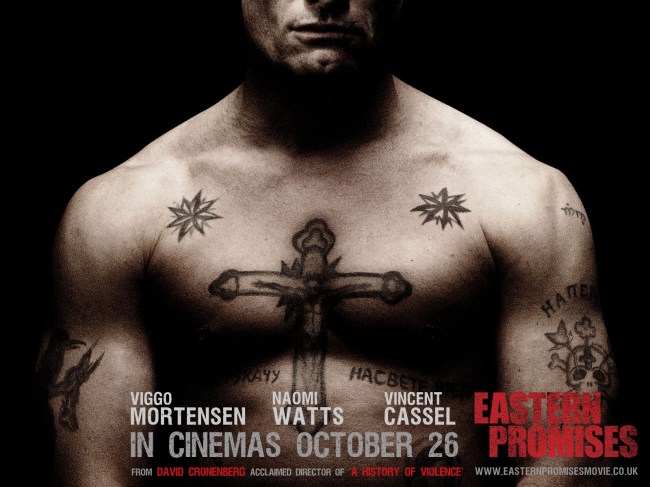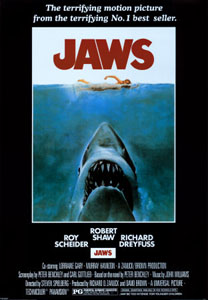
I’m not really into violent-crime-thriller films so I thought Eastern Promises would just bore me but the opening scene where a man’s throat was cut in a barber’s chair really caught my attention. My curiosity increases even more when it showed a pregnant girl leaving a pool of blood on what looks like a pharmacy store.
I gotta say I was really impressed when I found out that this movie was actually an indie film. I mean, for a low-budget film, Eastern Promises really hit a breakthrough. It has a great plot- they managed to blend family resentments, the Russian gangster underworld, sex-trafficking, the clash of different cultures and the likes.
But what was the movie about anyway?
Eastern Promises centers on Anna, a midwife who witnessed the death of a 14-year-old girl while giving birth to a child. She learned (through the girl’s diary) that the poor girl was actually a prostitute who was being abused, raped and drugged by the Russian gang boss, Semyon and his nogoodnik son Kirill. Since Anna experienced a miscarriage herself, she was determined to find who the baby daddy is, eventually finding out that it was Semyon. Her only friend through all this was Nikolai, the enigmatic chauffeur of the (Semyon’s) family. (At first, I thought Nikolai was also a bad guy, ’cause in the first part of the movie, he was seen cooperating in a murder, extracting the teeth and cutting the fingers of the corpse and then dumped the body in a lake) A lot of happenings also took place like, another throat-cutting scene in broad daylight, the two criminals in black leather attacking the naked Nikolai in a steam bath and etc.

To sum it all up, well, it has a happy ending. It turns out that Nikolai is actually an agent who works for the British Government. Semyon was arrested, Stepan was safe (Anna’s uncle who was ordered by Semyon to be killed), Kirill doing the right thing and Anna gaining custody of the baby.
Saying that Eastern Promises is an excellent crime thriller is a complete understatement. It really blew my mind, I didn’t expect the movie to be this good. In fact, I just might add this to my favorite films of all time. 🙂





















